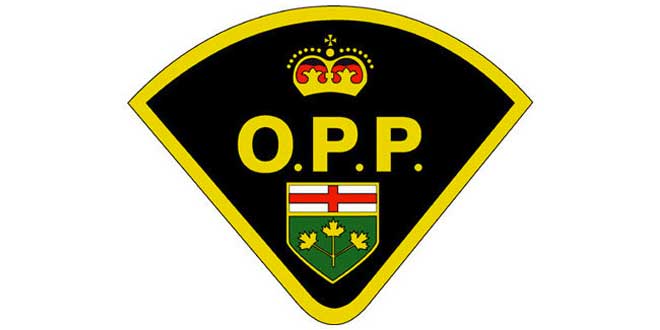To all you growers who were here last week for an introduction to pumpkins, welcome back. For everyone who missed last week’s Garden Gossip, we took a brief look at some pumpkin basics as well as seed starting for pumpkins. This week we will dedicate the column to beginning the pumpkin planting process.
As we left off last week’s column, we had you to the point of having some pumpkin seedlings pre-started for the summer garden. Those seedlings cannot be planted until the danger of frost is absolutely past. In the meantime, we can get some ground ready for your bumper pumpkin crop. Choosing a site can be tricky. Pumpkins need a lot of space as the vines tend to get pretty rampant. They are only problematic for a few weeks but it’s still better to plan ahead. Provide as much sun as possible. Full sun is best but a lite afternoon shade is acceptable. Try to avoid areas with high winds as the large leaves on pumpkin plants can get pretty tattered in a hurry. Good soil drainage is critical. Pumpkins hate wet feet and the roots can easily rot. That being considered, they do like to be kept comfortably moist as growing those large fruit requires a lot of water. Possibly the most critical thing to keep in mind is that pumpkin plants are big feeders. They love rich soil and will do their best in a soil that has been well amended with plenty of rotted manure and/or compost. Right now is a perfect time to go to your prospective pumpkin patch and spread a good healthy dose of manure or compost over the soil and then till it in. Between now and the time your pumpkins need to get planted, all sorts of beneficial micro flora and fauna will begin growing in this enriched soil. These tiny soil micro-organisms are critical for healthy soil and for optimum plant growth. If you are able for next year, take care of this job in the fall and your soil biology will have an even longer period of time to get established.
Once we are within a week of the last frost date you can safely plant pumpkin seeds. If you are working from transplants, wait until after the last frost date. Seeds can be planted in small “hills” of five or six seeds. Make a depression in the center of the hill for watering and fertilizing. The reason for using hills is to speed up soil warming and to facilitate soil drainage. If you have really good conditions, you can get great results simply by establishing rows. Give a minimum of one meter between hills and plant the seeds about two to three times their depth into the soil. Once your seedlings germinate, thin them (by snipping, never pulling) and leave only about three of the strongest plants per hill. When it’s time to put your transplants in the ground, harden them off carefully first and then plant them three to a hill as well. One critical note here. If you are putting out seedlings in peat pots, tear off the upper edges of the pots while being careful not to disturb the roots. You should tear the peat pots to just below the soil surface and make sure that when you plant your seedlings, no part of the peat pot is exposed. Peat is an amazing moisture wick and will actually draw moisture from the ground around your seedlings’ roots and vent it to the air. The result is an extremely quick dehydration of your seedling followed by an almost guaranteed death. Keep the hills moist until you’re sure that your pumpkins have established a good root system. Once you begin to see above ground growth, that’s a sign that the roots are big and strong. At this point you can reduce watering to about an inch per week if it doesn’t rain significantly. Once small pumpkins appear and begin to grow, increase the watering to about double. Later in the fall, as the pumpkins are maturing, you can quit watering altogether which will allow them to concentrate some sugars. Sweet pumpkins are always the best. One last note about watering, always try to keep your pumpkin vines dry by applying the water directly to the soil. Mildew and rot can be a real problem with damp pumpkin foliage.
Floating row cover can be a great asset if you would like to give your plants an even better start. Row cover keeps out the wind, increases the soil temperature and stands between your vines and a couple of nasty garden pests that LOVE pumpkin vines. Male flowers always appear first. Once female flowers (the flowers with tiny fruit already on them) appear, the row cover must be removed so that the bees can take care of pollination for you. If you have been using any sort of insecticide (even organic) to protect your pumpkins, stop once the flowers open or you will be destroying the very workers who you need to ensure a bumper crop.
And once again we have more to explore next week. For now, enjoy the spring weather!




